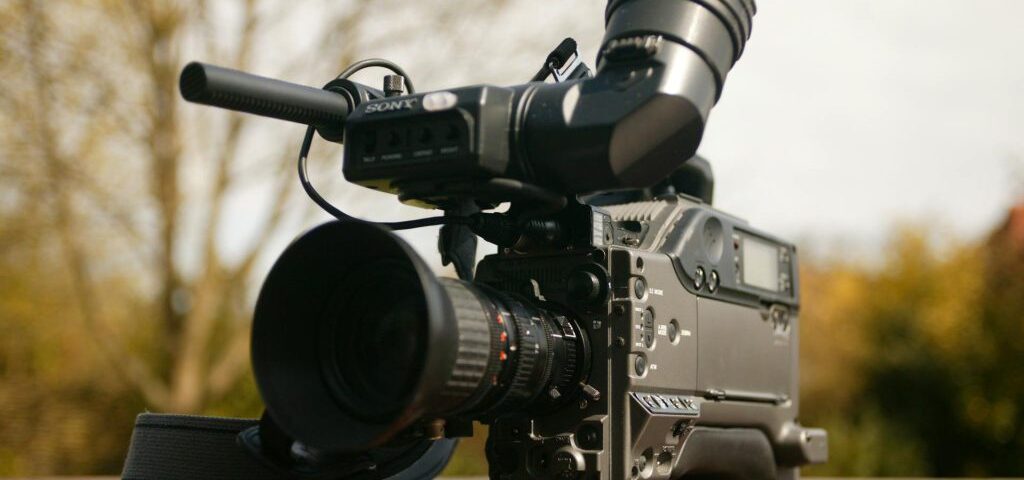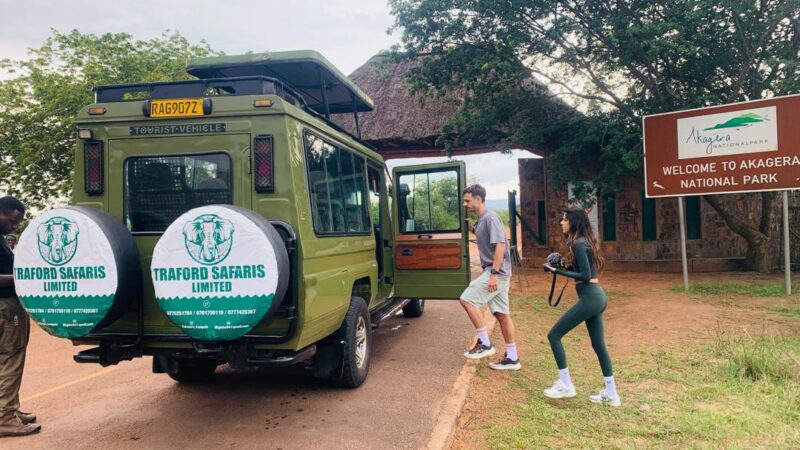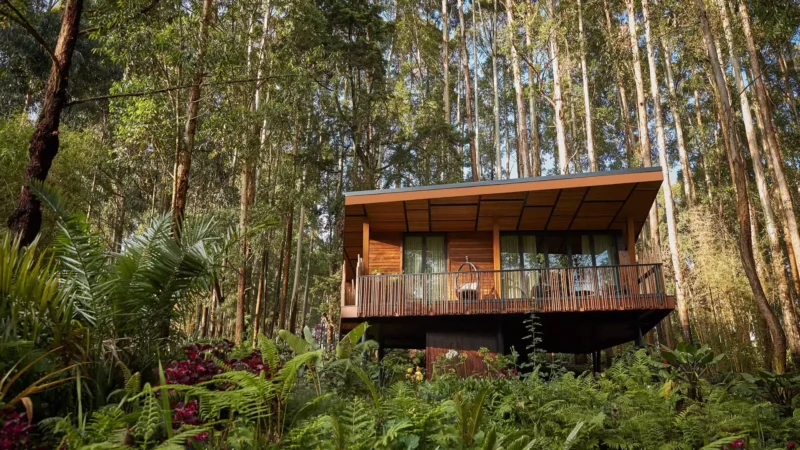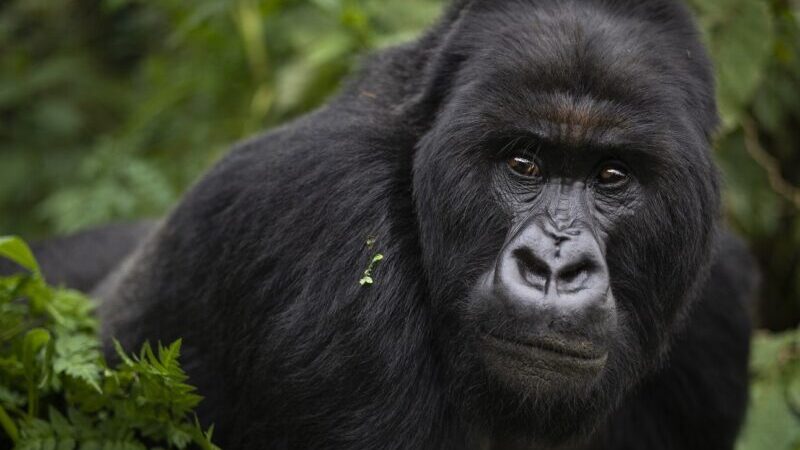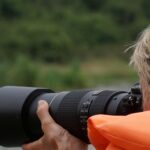
Gorilla Trekking Photography
May 28, 2025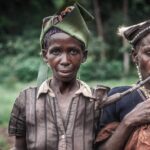
The Batwa Experience
June 4, 2025When filming gorillas, especially in protected areas like Bwindi Impenetrable National Park (Uganda) and Volcanoes National Park (Rwanda), strict guidelines are enforced to protect the health, safety, and natural behavior of these critically endangered animals. Whether you’re a professional filmmaker, content creator, or simply documenting your experience, here’s what is generally allowed—and what you need to keep in mind:
What’s Allowed When Filming Gorillas
1. Filming with a Valid Permit
-
Standard trekking permits allow for limited personal video recording (e.g., for handheld devices or small cameras).
-
For professional filming, including documentaries, commercial use, or using drones, you’ll need to obtain special filming permits from:
Uganda Wildlife Authority (UWA) for Uganda
Rwanda Development Board (RDB) for Rwanda
These permits often require detailed proposals, insurance, and sometimes supervision by park staff.
2. Use of Non-Intrusive Gear
-
Small, quiet, and non-invasive filming equipment (e.g., DSLR or mirrorless cameras with video capabilities) is allowed.
-
Tripods and monopods are allowed if they do not disrupt the environment or the group.
-
Handheld gimbals and stabilizers may be permitted, provided they’re not noisy or obtrusive.
3. Maintaining the 7-Meter Distance Rule
-
Even while filming, you must maintain at least 7 meters (23 feet) distance from the gorillas.
-
This protects them from human diseases and helps prevent stress or aggressive behavior.
4. Natural Light Only
-
No flash or artificial lighting is allowed under any circumstances. It can scare or agitate the gorillas.
-
Plan your settings to accommodate low-light environments, especially under dense canopy.
5. Silent and Respectful Conduct
-
Keep your voice low and movements slow while filming.
-
Avoid sudden gestures or reactions that might alarm the gorillas or your fellow trekkers.
6. Respecting Time Limits
-
Whether filming or photographing, the maximum viewing time is one hour once a gorilla group is located.
-
This limit applies to everyone, including professional crews.
What Is Not Allowed
-
Flashlights or LED panels
-
Drones, unless specifically permitted through high-level approval (usually restricted or banned)
-
Touching or approaching gorillas
-
Filming during feeding or intimate moments, if it causes stress
-
Blocking other trekkers’ views with gear
-
Disrupting natural behavior to get better shots
Planning a Filming Project? Here’s What to Do
If you’re filming for a documentary, series, or YouTube channel:
-
Contact Traford Safaris Ltd well in advance to assist with permits, local crew, guides, and logistics.
-
Submit your proposal and required documents to the Uganda Wildlife Authority or Rwanda Development Board.
-
Be ready to follow additional conditions, including possible supervision by park rangers or payments for conservation fees.
Gorilla Filming Permit Costs in Uganda
-
Filming Permit Fee: $4,200 per hour.
-
Gorilla Trekking Permit: $800 per person, per day.
-
Group Requirement: Filming crews must cover the cost of 8 trekking permits, totaling $6,400, regardless of the number of crew members.
-
Environmental Impact Fee: An additional 5% of the filming fee is charged to cater to environmental effects on the forest.
-
Refundable Deposit: A $100 deposit is refunded upon submission of a copy of the final film to the Uganda Wildlife Authority (UWA)
Gorilla Filming Permit Costs in Rwanda
-
Filming Permit Fee: $5,000 per group, per day.
-
Gorilla Trekking Permits: $1,500 per person, with a requirement to purchase 8 permits for the entire crew, totaling $12,000.
-
Refundable Security Deposit: $2,000, refunded upon submission of two copies of the final film to the Rwanda Development Board (RDB).
-
Total Estimated Cost: Approximately $19,000 for a one-day shoot, excluding additional expenses such as accommodation and transportation.
Additional Requirements
-
Advance Booking: It’s advisable to book filming permits at least 3-6 months in advance due to high demand and limited availability.
-
Media Accreditation: Filming crews may need to obtain media cards from the respective national authorities.
-
Equipment Clearance: All filming equipment must be declared and cleared with customs upon entry into the country.
-
Guided Filming: All filming activities must be conducted under the supervision of authorized park rangers to ensure the safety of both the crew and the gorillas
-
Final Thoughts
Filming gorillas is a powerful way to inspire awareness and conservation—but it must be done with care, humility, and strict adherence to rules. The goal is to leave no trace, capture authentic moments, and ensure that your presence supports, not harms, these magnificent creatures.
At Traford Safaris Ltd, we can help you plan and execute a responsible filming experience—whether you’re documenting for personal stories, educational platforms, or conservation media

